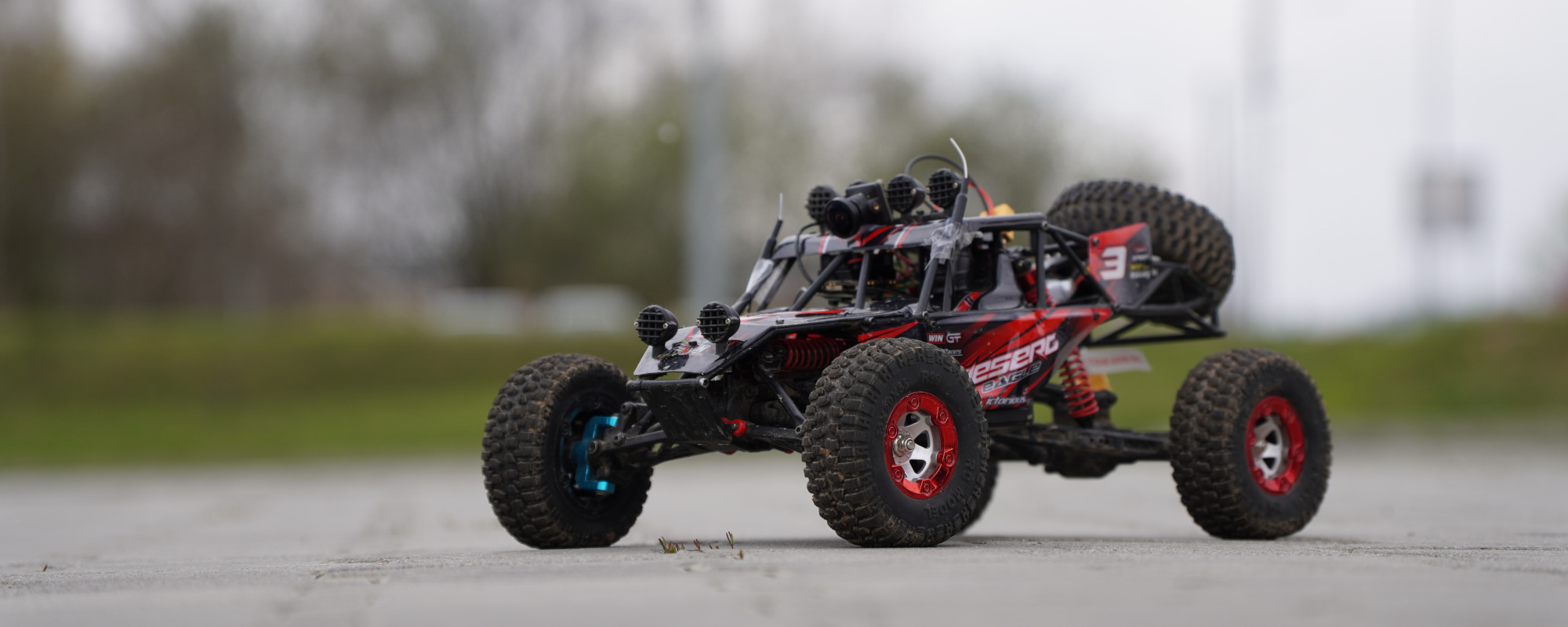Welcome to Ruby FPV
Bienvenue • Willkommen • Bienvenida • 欢迎 • добро пожаловать • स्वागत • Bem-vindo
Your open source digital FPV system
Ruby FPV is a complete system, open source, used for FPV and for managing your drones, planes, cars and UAVs.

Ruby FPV offers an unparalleled robust radio and video link in the entire open source scene. It is using an extensive set of tools (error correction, retransmissions, adaptive video, adaptive radio modulations schemes, multiple radio bands: 433Mhz, 868/915Mhz, 2.4Ghz, 5.8Ghz) so that you maintain a robust radio link even in the most challenging radio environments.
Ruby FPV offers the best reliability and ease of use. It's tested by a large community on a large hardware ecosystem.
Whether you fly drones, airplanes, fly with googles or on big screens, you have a vast array of functionalities and capabilities to take advantage of and a vast array of tools in the user interface to help you customize your flying experience.
Whether you fly drones, airplanes, fly with googles or on big screens, you have a vast array of functionalities and capabilities to take advantage of and a vast array of tools in the user interface to help you customize your flying experience.



Ruby FPV can run on a vast hardware ecosystem. It runs on hardware platforms based on Raspberry and Radxa SOCs, on OpenIPC hardware, on cameras and VRx modules manufactured by RunCam, EMax and others.
What it can do
HD Live Video
Video resolutions up to 4k.
Refresh rates up to 120 FPS.
Low latency (as low as 32ms glass to glass).
Highly Integrated
Ruby FPV has built in live video streams, audio streams, telemetry streams and RC control link.
Multiple Radio Links
Supports multiple parallel radio links on multiple radio bands in order to improve radio link resilience.
Flexible User Interface
Customisable user interface and OSD information shown on screen.
Support for multiple languages.
Multiple human input interfaces.
Multiple data streams
Besides live video, audio, telemetry, RC control data streams, custom data streams can be transported.
* Some capabilities might vary based on the hardware used.
Some of the major supported hardware manufacturers:

RunCam

EMax

OpenIPC

Radxa

Raspberry

Eachine
What now?
 Ruby
Ruby